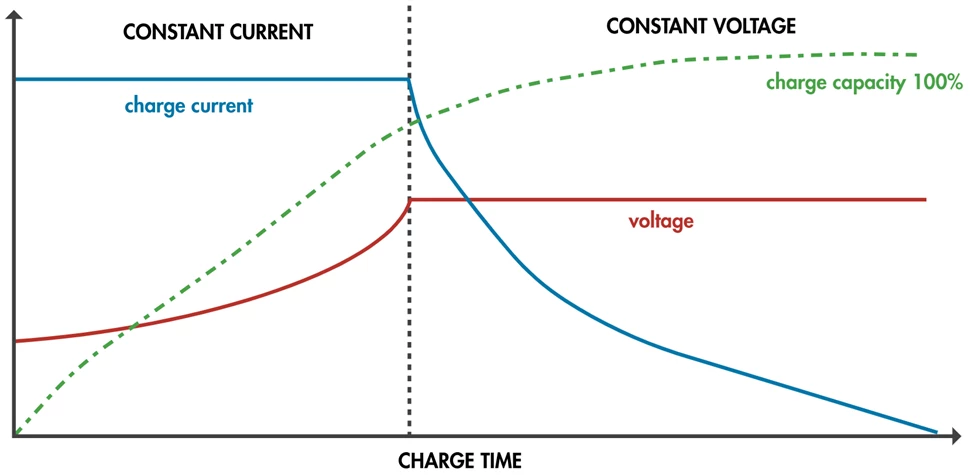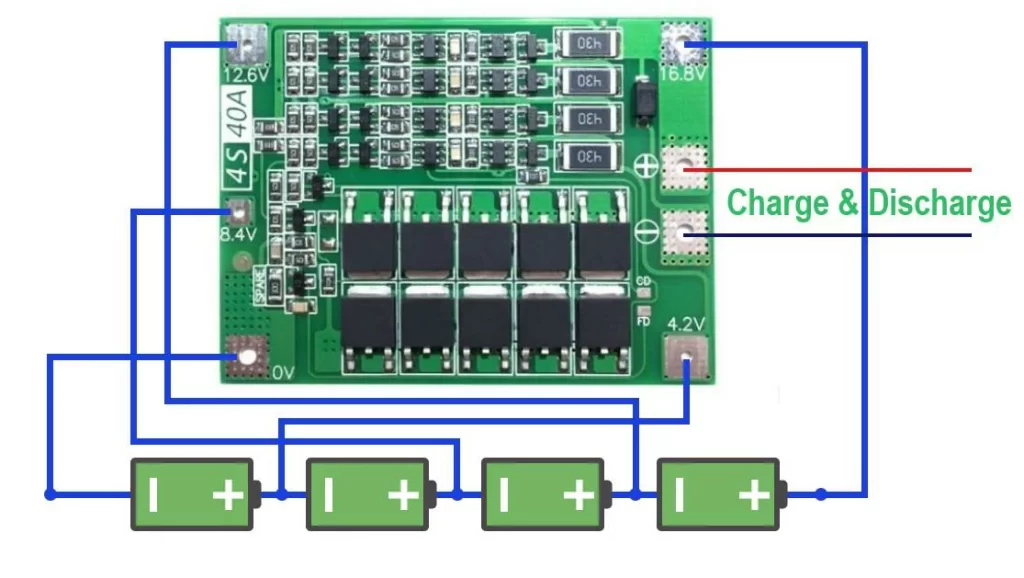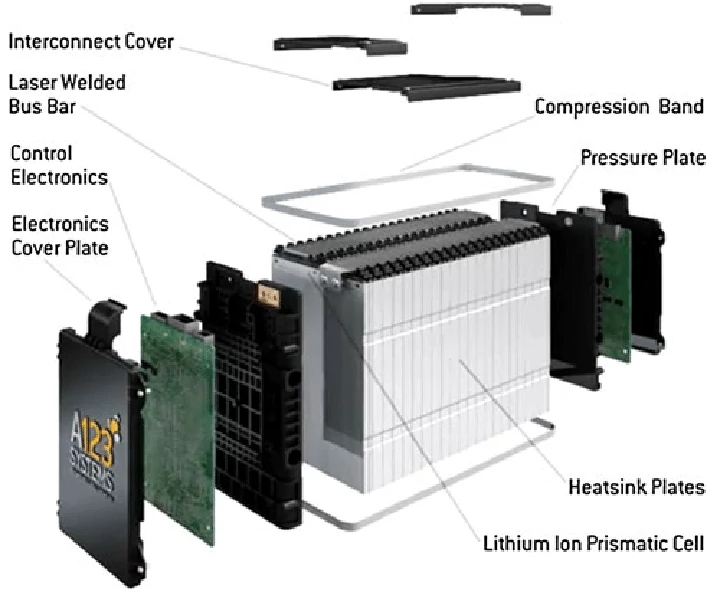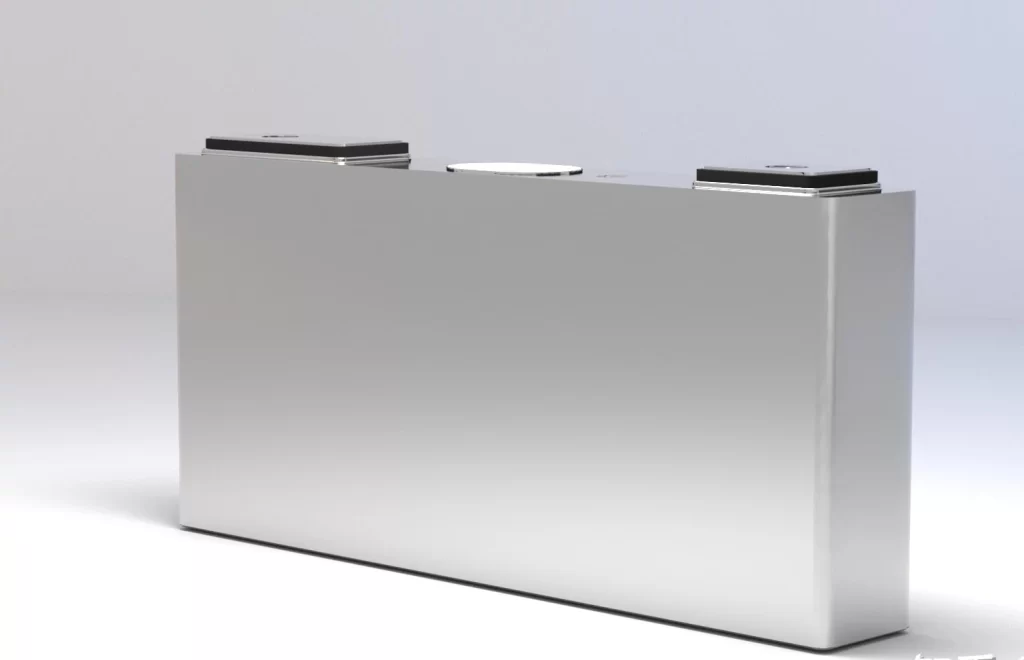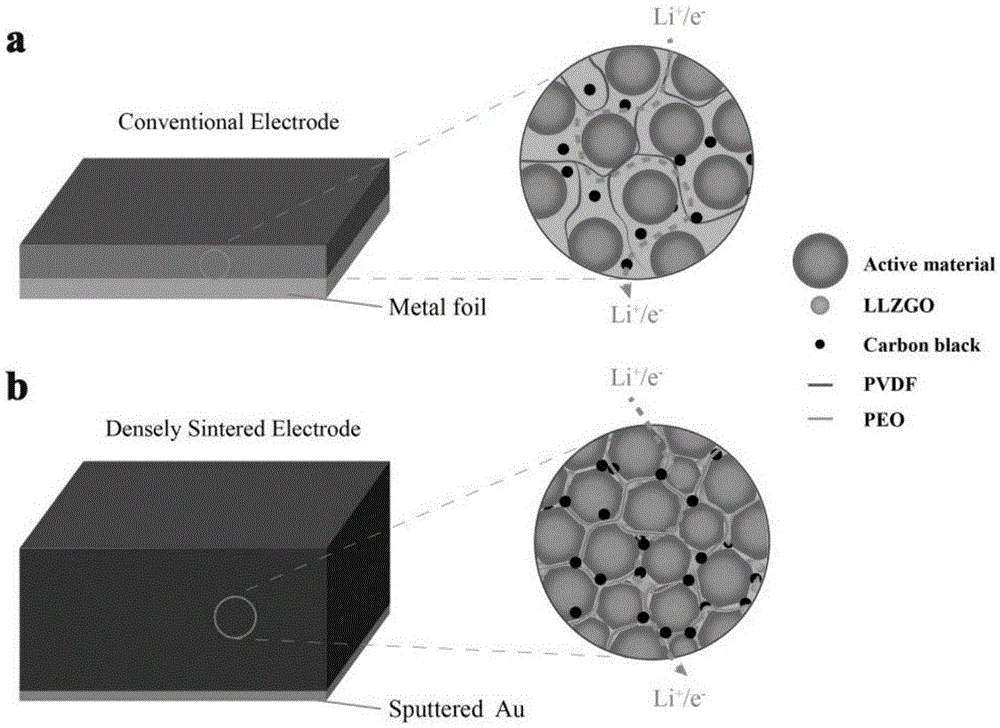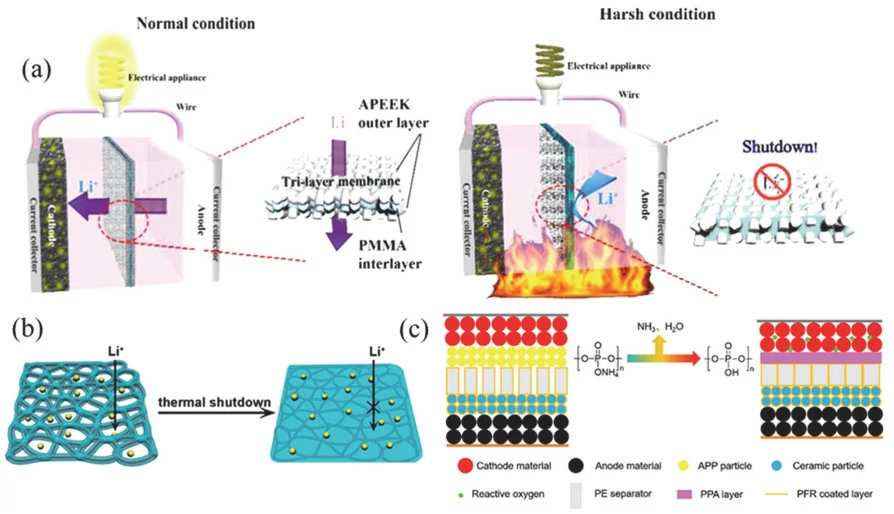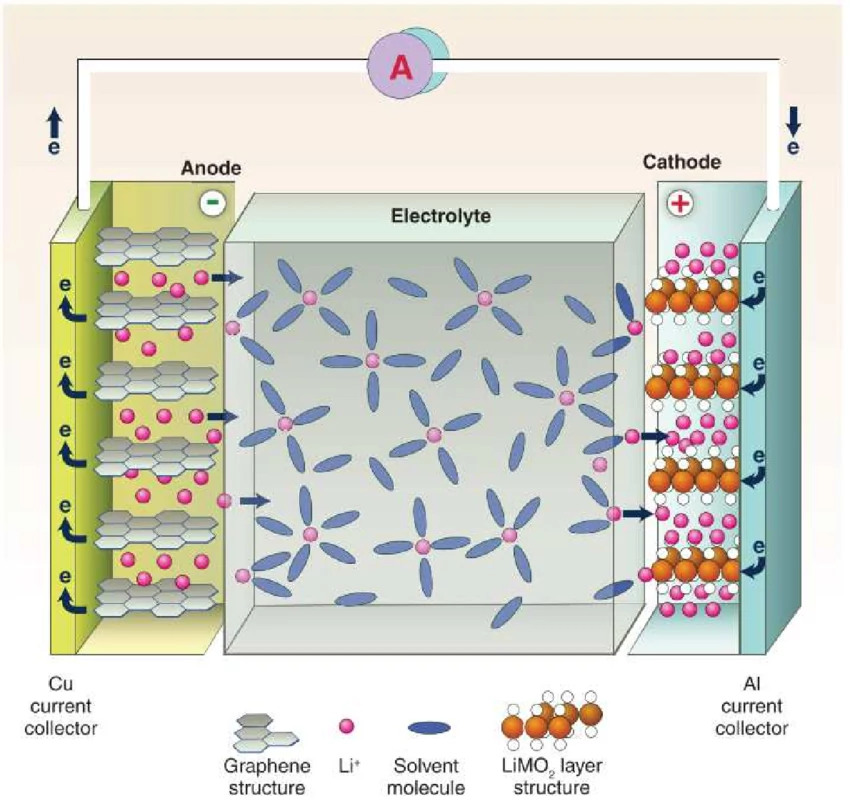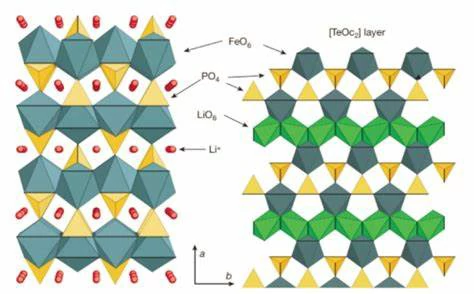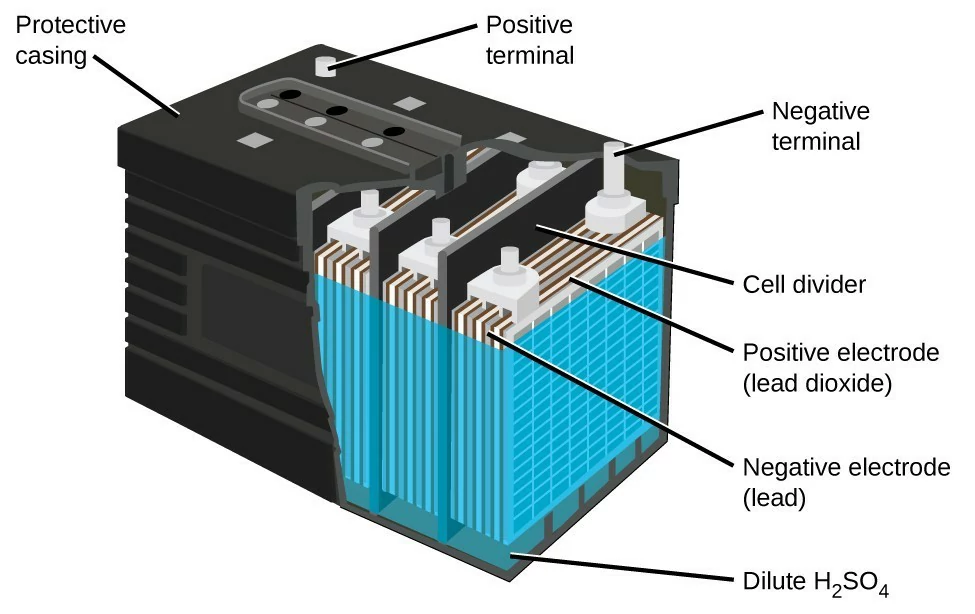Battery management system The Battery Management System (BMS) is the core control system of the lithium-ion battery pack, which is responsible for monitoring the working status of the battery pack to ensure its safe and efficient operation. BMS extends battery life by monitoring, controlling and protecting the battery in real time to prevent damage or safety problems caused by abnormal…
